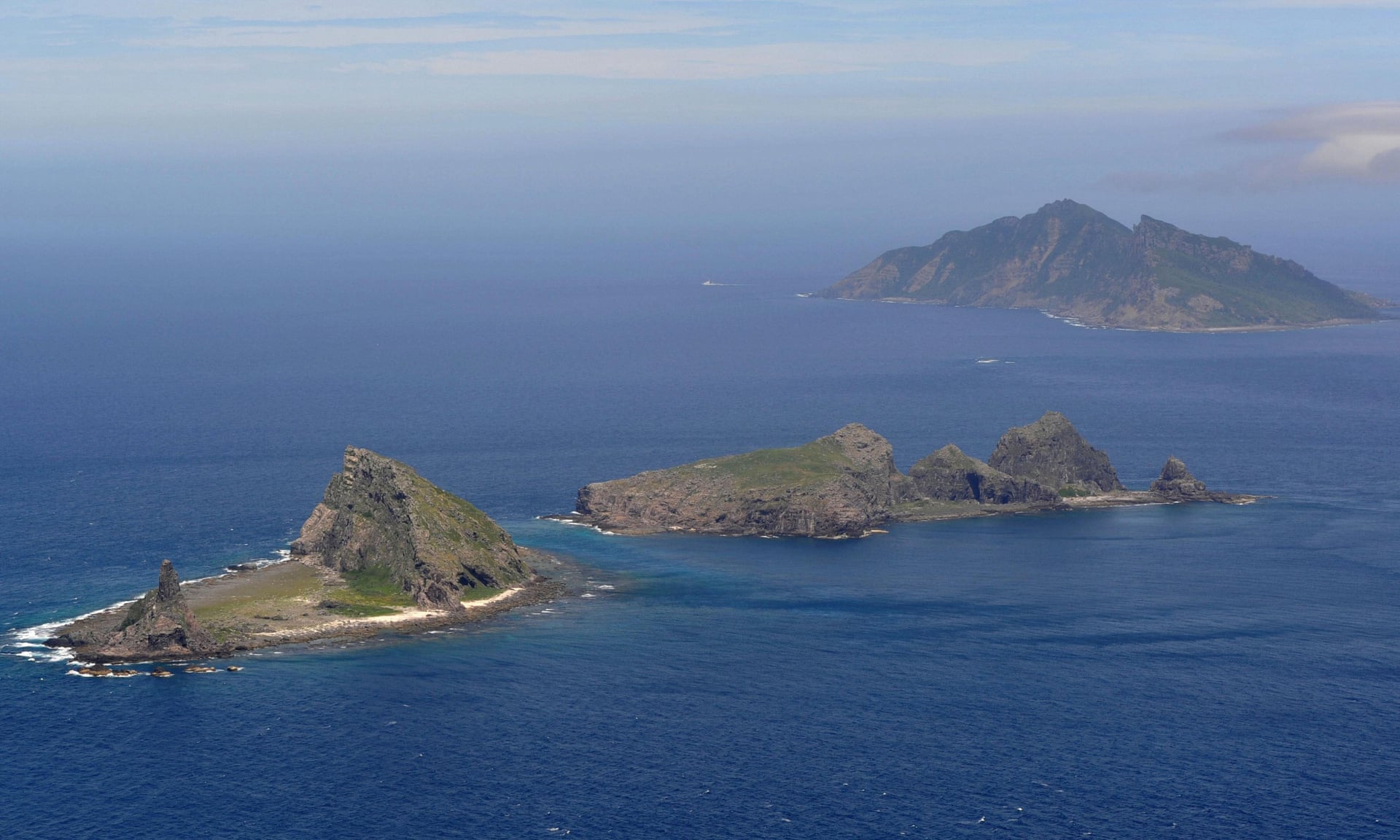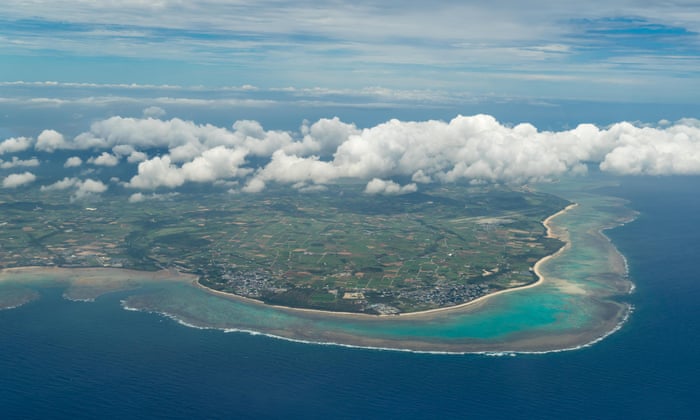Rice’s comments refer to Beijing’s attack on Houston Rockets General Manager Daryl Morey, who in early October tweeted an image that read, “Fight for Freedom. Stand for Hong Kong.”
By Natasha Turak
A Tiananmen Square-type crackdown on Hong Kong would be ‘huge mistake’: Rice

ABU DHABI, United Arab Emirates — China’s heavy-handed response to an NBA general manager’s comments on the turbulent protests in Hong Kong represents a violation of U.S. sovereignty, former Secretary of State Condoleezza Rice said during a panel event in the United Arab Emirates capital on Monday.
“When China says to the NBA, the National Basketball Association, ‘your general manager cannot say something about what’s going on in Hong Kong,’ now that’s a violation of American sovereignty, because Americans have the right to say what they please,” Rice told CNBC’s Hadley Gamble at the annual Abu Dhabi International Petroleum Exhibition & Conference (Adipec).
“And so I think this has become something of a problem between the two countries, it’s not going to go away, it’s certainly not going to go away in Congress, where I think people are holding back on sanctions but worried that they may have to put them forward.”
Rice’s comments refer to Beijing’s harsh response to Houston Rockets general manager Daryl Morey, who in early October tweeted an image that read, “Fight for Freedom. Stand for Hong Kong.”
Chinese companies promptly suspended ties with the Rockets, and the Chinese Basketball Association terminated its cooperation with the team.

Men walk past a poster at an NBA exhibition in Beijing, China October 8, 2019.

Men walk past a poster at an NBA exhibition in Beijing, China October 8, 2019.
In response to China’s anger, Morey and NBA Commissioner Adam Silver issued apologetic statements and distanced themselves from the Hong Kong comments, drawing a flood of criticism from members of Congress who accused them of putting profits over democratic values.
With a population of roughly 1.4 billion people, China is the NBA’s most important international market.
Silver later said that Beijing demanded that he fire Morey.
Tensions continue to grip the world’s two largest economies, as stark differences in ideology and political values exacerbate animosity already triggered by a now 16-month-long trade war. Meanwhile, anti-Beijing protests in Hong Kong this week took their darkest turn since they began five months ago, with a protester shot by police and reports of a man set on fire.
Silver later said that Beijing demanded that he fire Morey.
Tensions continue to grip the world’s two largest economies, as stark differences in ideology and political values exacerbate animosity already triggered by a now 16-month-long trade war. Meanwhile, anti-Beijing protests in Hong Kong this week took their darkest turn since they began five months ago, with a protester shot by police and reports of a man set on fire.
In the last week, authorities have arrested a total of 266 people between the ages of 11 and 74, the Hong Kong police said Monday.
Several pro-democracy lawmakers have been arrested and blocked roads are rampant around the city.
More than 2,000 people have been arrested since October.
“There is great concern in the United States about what is going on in Hong Kong,” Rice said.
“There is great concern in the United States about what is going on in Hong Kong,” Rice said.
“There is great concern first of all as to whether or not the promise from Beijing of one country and two systems is really being honored. And this is a conversation that I think governments need to have with the Chinese.”Still, she said, “We can’t tell the people of Hong Kong we’re somehow going intervene in Hong Kong. But we can continue to speak for the rights of those people to protest for their rights.”

Protesters set a shop of Chinese mobile brand Xiaomi on fire during a demonstration.

Protesters set a shop of Chinese mobile brand Xiaomi on fire during a demonstration.
Protests in Hong Kong began in response to a proposed law that would have made it possible for Hong Kongers to be extradited to China to stand trial.
That bill has been withdrawn, but the protests have continued.
Hong Kong currently operates under the “one country, two systems” principle where Beijing gives Hong Kong’s citizens some legal and economic freedoms that it denies people on mainland China.
Among the protesters’ demands are a more representative democracy to choose the city leader, who is currently elected by a small, mostly pro-Beijing group of elites.
The fallout from the NBA controversy comes as both Republican and Democratic lawmakers are increasingly vocal in criticizing China’s trade practices and human rights record.
Among the protesters’ demands are a more representative democracy to choose the city leader, who is currently elected by a small, mostly pro-Beijing group of elites.
The fallout from the NBA controversy comes as both Republican and Democratic lawmakers are increasingly vocal in criticizing China’s trade practices and human rights record.
It has only deepened distrust between the U.S. and China as the countries’ trade negotiators push ahead with high-stakes talks.
The worst thing China could do, Rice said, is to impose a brutal crackdown like that of the Tiananmen Square Massacre in 1989, when Chinese authorities killed an estimated several thousand pro-democracy protesters in an event whose history is now heavily censored and denied within the country.
“There is also concern as the reaction to the protests becomes more violent, as we’ve seen in the last day, and whether or not the Chinese government in Beijing is going to recognize this is not a flame they can just extinguish,” Rice added.
The worst thing China could do, Rice said, is to impose a brutal crackdown like that of the Tiananmen Square Massacre in 1989, when Chinese authorities killed an estimated several thousand pro-democracy protesters in an event whose history is now heavily censored and denied within the country.
“There is also concern as the reaction to the protests becomes more violent, as we’ve seen in the last day, and whether or not the Chinese government in Beijing is going to recognize this is not a flame they can just extinguish,” Rice added.
“There is going to have to be a reckoning with the people of Hong Kong to help them to see that China intends to respect their system and their rights. I hope it’s not too late.”














